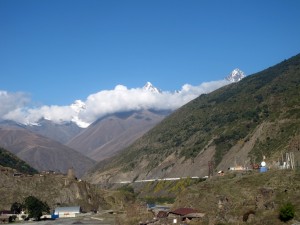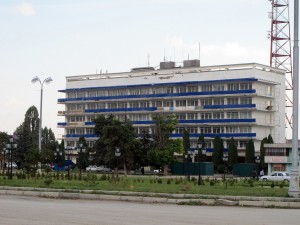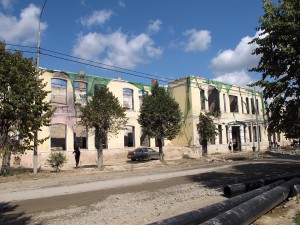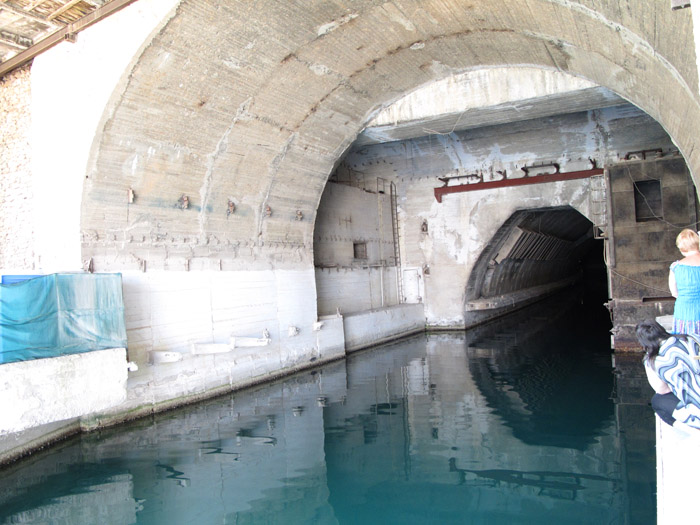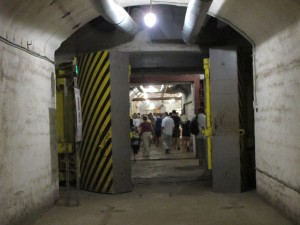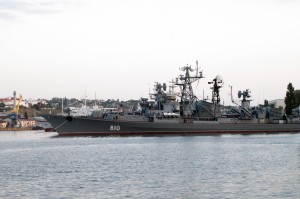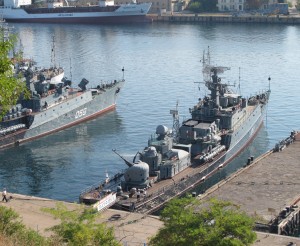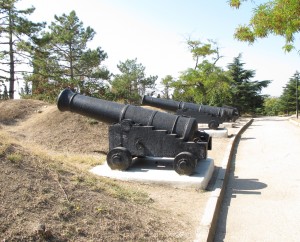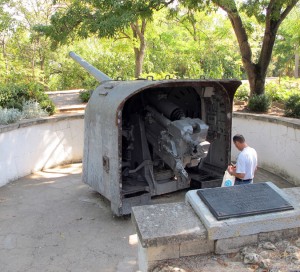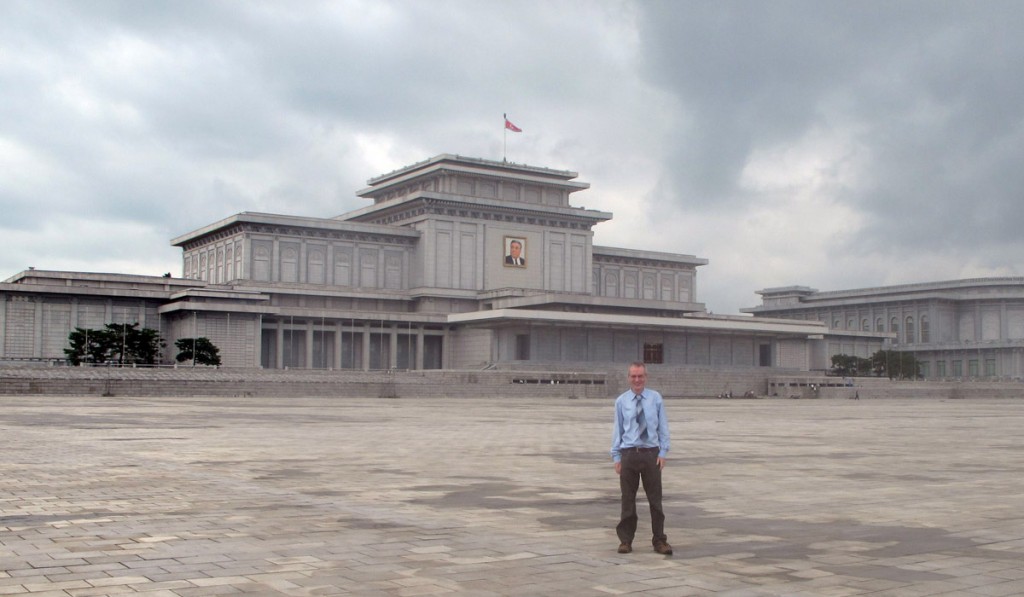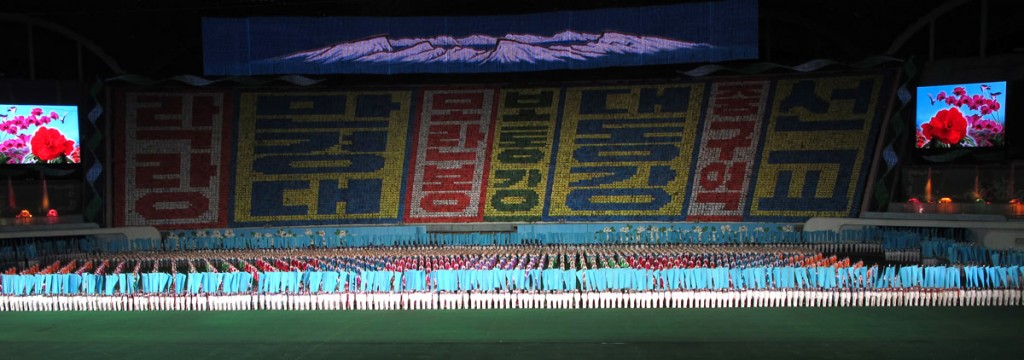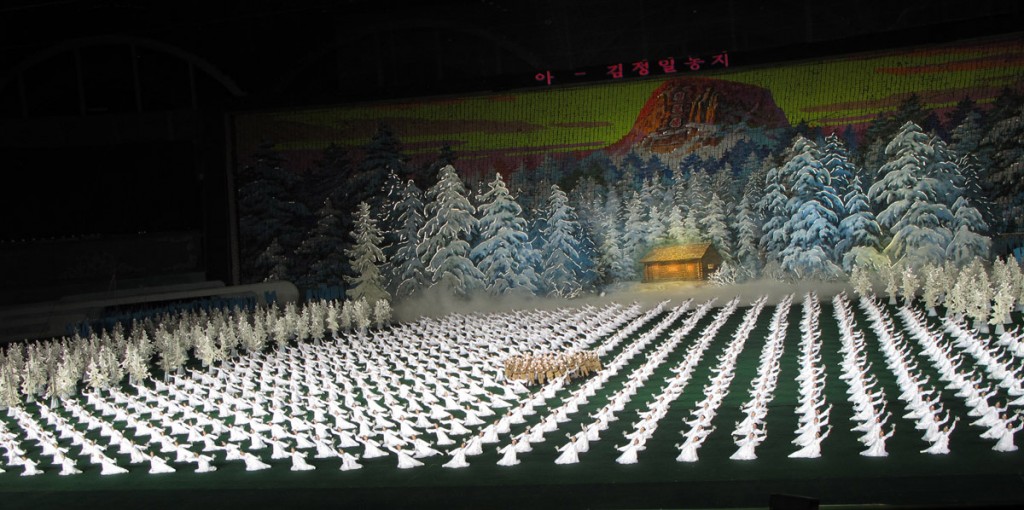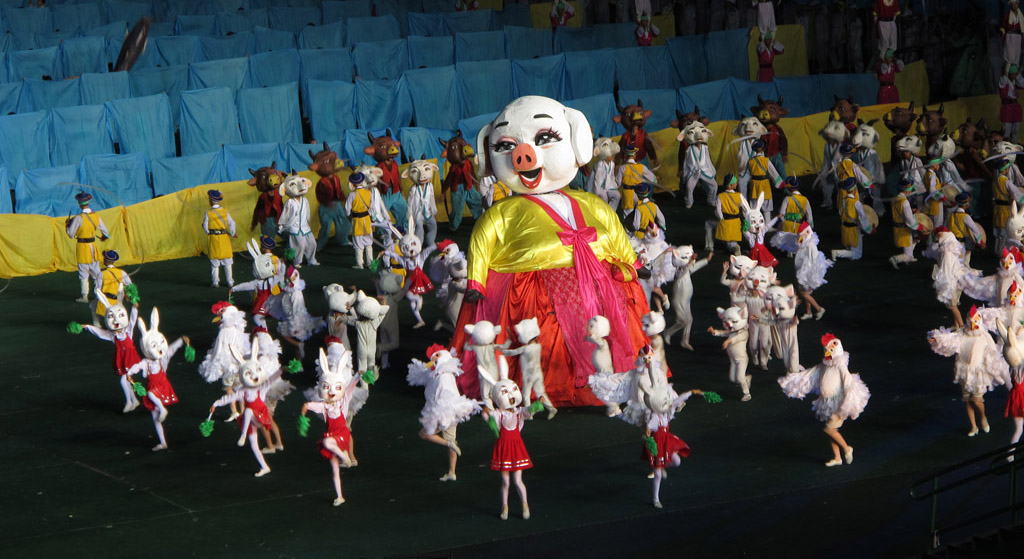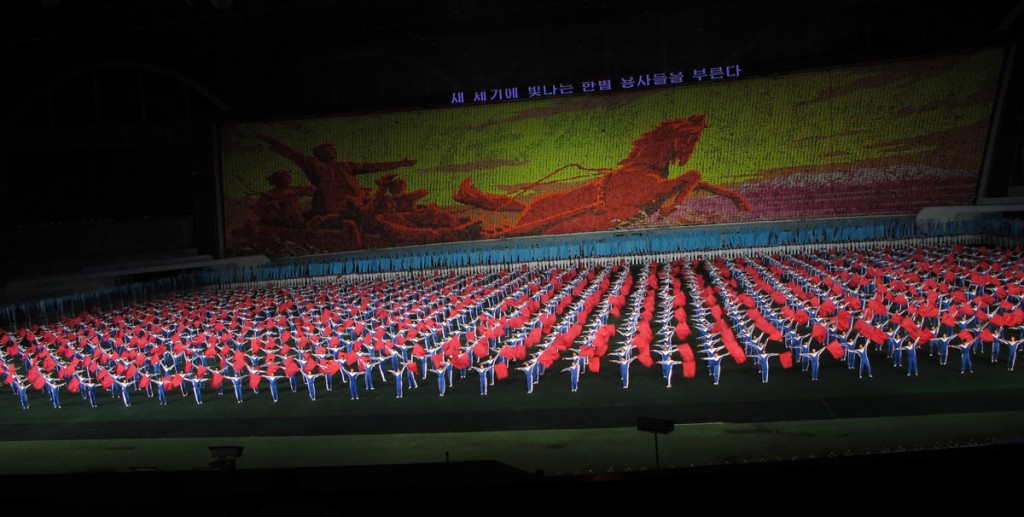The breakaway “Republic of South Ossetia” was a major focus of the 2008 Georgian-Russian war. The border with the rest of Georgia is closed to foreigners, but it’s possible to visit from Russia. You need advance permission from the South Ossetian authorities. They don’t issue a visa or even provide an authorization letter, but instead they add your name to an authorized list at the border checkpoint.
I applied for permission from the South Ossetia Foreign Ministry about four weeks before my trip. They didn’t actually give me permission until about 5 days ahead of my visit. I had a similar experience with Abkhazia, I suspect they simply don’t like to issue permission more than a few days ahead. They don’t have an application form, instead they requested me to email them a scanned image of a formal signed letter requesting permission to visit and giving the dates and my identification information.
I took the bus in from Vladikavkaz’s Avtovokzal #1 to Tskhinvali. There are five or so buses a day (from 9am to 4pm) and there are also occasional marshrutkas. The bus took three and a half hours. The road runs through narrow passes through the Greater Caucasus range, so it’s often quite scenic. There are several tunnels, including the 4km Roki Tunnel, which crosses the border between Russia and the RSO.
Exiting Russia I got questioned for several minutes by the Russian frontier officers. But it was all fairly friendly and they seemed mostly concerned to make sure that I knew what I was doing and had somewhere to stay. An English speaking officer translated. The Russian authorities tactfully avoided stamping my passport when I crossed into RSO and also when I returned. There were no issues or questions on my return.
I didn’t actually go through any entry or exit checks for South Ossetia itself. The bus drivers indicated I should just stay quietly on the bus when they stopped at the checkpoints. (I suspect they didn’t want to be delayed.) So I never had my entry permission checked. But obviously you should not rely on that!
At Tskhinvali I stayed at the Hotel Alan, which is on the South side of the bus station square. It looks dilapidated and abandoned, but if you go up to the second floor, that is operational. It is a little basic, but fine for a few nights.
There isn’t that much to see in Tskhinvali itself. The town is still recovering from the 2008 war, with only a limited amount of reconstruction going on. The highlights are probably the cathedral and the parliament building. The central area is mostly in reasonable shape, but the Northern sections contain many derelict buildings. More Tskhinval photos.
Other travel practicalities: Although the Russian border post doesn’t stamp passports, it does count as a Russian exit and re-entry, so you’ll need a double or multi-entry Russia visa to enter RSO and return. You don’t need a visa for RSO but you do need advance permission from the RSO Foreign Ministry. (Google Translate will help you there.) The RSO Tourism department (yes, it exists) has a Russian language website giving various pieces of travel information at minmol.org/ru.

